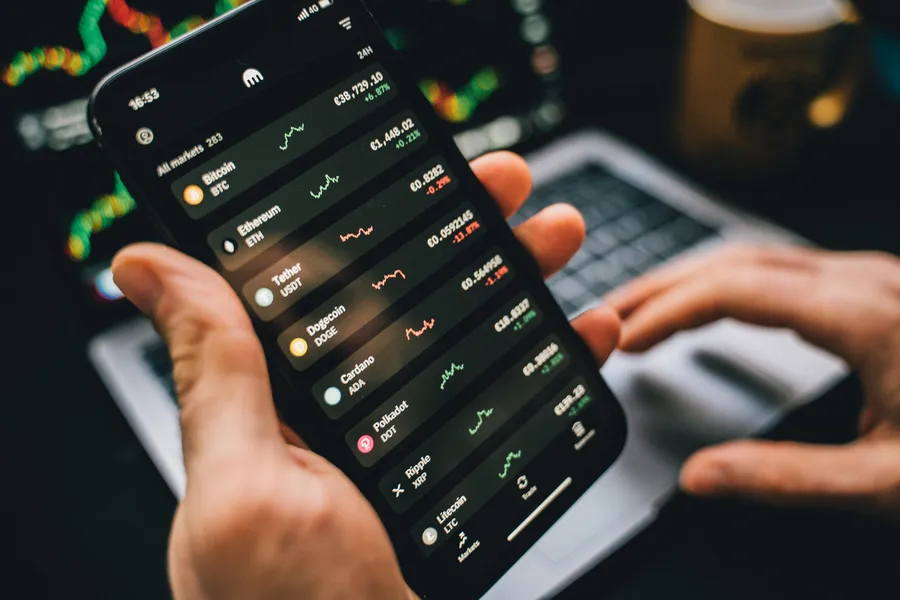How Does the Curve Finance (CRV) Cryptocurrency Token Work? — Curve Finance, Stablecoins, Liquidity

Title: The Real Deal Behind Curve Finance’s CRV: Beyond the Hype and Into the Trenches of Reality
Introduction: Welcome to the Wild West of DeFi, where the shootouts are code-based and the bandits often have Ph.D.s in cryptography. Today, I want to dive into one particular gunslinger – Curve Finance’s CRV token – and unravel its mysteries, not just as an academic exercise but with the gritty experience of a seasoned crypto security expert. Because in this world, knowing how your sheriff works can mean the difference between holding onto your digital gold or losing it to a cunning outlaw.
- A Little Background on Curve Finance: Stablecoins and Liquidity Pools
The Basics of Stablecoins: Before we talk CRV, let’s understand its role in the grand scheme of things. In DeFi-land, stablecoins are like the trusty old horse – they provide stability amidst the volatile crypto wilderness. They’re designed to keep a consistent value (usually pegged to USD) using various mechanisms like over-collateralization or algorithmic stabilization.
Introducing Liquidity Pools: Now, here comes Curve Finance, offering its own unique take on the stablecoin game through liquidity pools. In simple terms, think of a liquidity pool as an icebox where different tokens coexist in harmony (or disharmony). When you deposit tokens into this pool, you’re rewarded with CRV – the lifeblood of Curve Finance’s ecosystem.
- How Does CRV Fit Into This Picture?
Earning CRV Tokens: As mentioned earlier, depositing your stablecoins (or other compatible assets) into Curve Finance’s liquidity pools gets you CRV tokens. These tokens act as an incentive for users to contribute to the pool and help maintain its smooth operation.
Governance Power: But CRV isn’t just a shiny trinket; it also grants governance power to token holders. This means they can vote on crucial decisions affecting Curve Finance, from protocol upgrades to fee distribution. In other words, if you have enough CRV, you’re not only part of the action – you get a say in how things go down.
- The Hidden Perils of CRV and Liquidity Pools: A Lesson in Security
The Key Leak Fiasco: Remember that icebox I mentioned earlier? Well, imagine if someone figured out how to open it without permission – that’s essentially what happened with the key leak incident last year. Hackers exploited vulnerabilities in certain DeFi platforms, effectively ‘borrowing’ millions of dollars’ worth of user funds stored as liquidity pools.
The NFT Scam Showdown: Another lesson in security comes courtesy of the ever-entertaining world of NFTs. Just last month, an attacker duped unsuspecting users into depositing their CRV tokens into a fake Curve Finance platform designed to resemble the real thing.
- Wrapping Up: A Crypto Sheriff Worth Trusting?
So, does Curve Finance’s CRV token live up to its hype? Absolutely. But as with any DeFi project or cryptocurrency, it requires constant vigilance and a healthy dose of skepticism. Remember, we’re navigating through uncharted territory here – the landscape is ever-evolving, and so too must our understanding and approach.
Conclusion: Embrace Curve Finance, its CRV token, and the opportunities they present. But do so with open eyes and a strong defense system. After all, in this wild frontier, we’re only as safe as our smartest precautions allow us to be.









